This page contains affiliate link(s). When you buy through our links, we may earn a commission
Top 5 Best DJI Drones in 2024
DJI is the most well-known brand for capturing professional-quality aerial footage, and we are very sure no other brand has managed to capture close to 70% of the market. DJI simply provides high-quality drones, and best of all, they are designed so that even beginners can easily learn how to use them. so, in this list, we’ve composed a brief consumer guide and reviewed the Top 5 Best DJI Drones you can Buy in 2024.
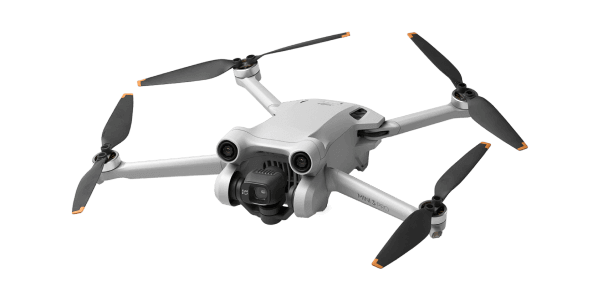
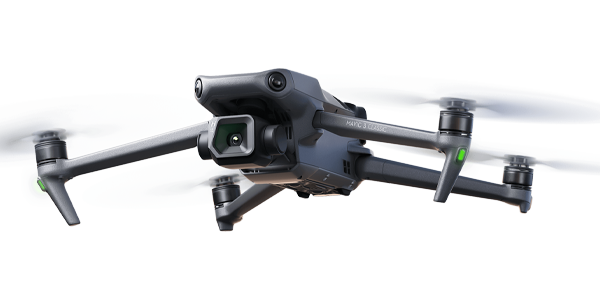
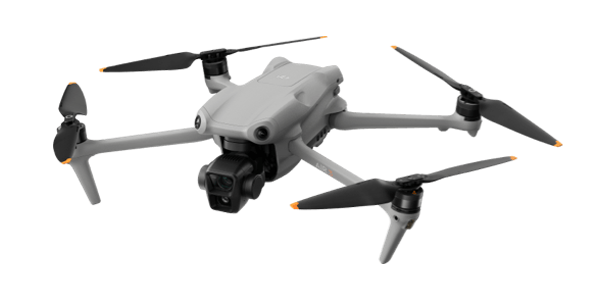
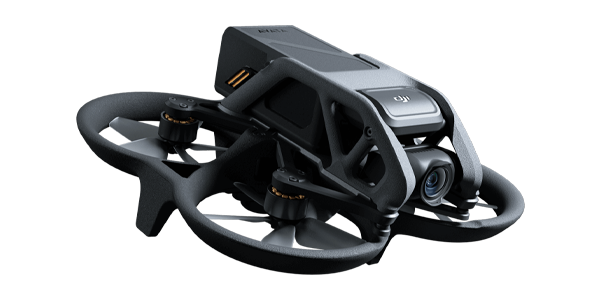
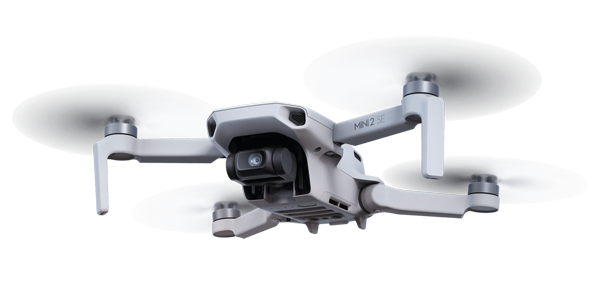
DJI Mini 4 Pro
Best Drone for Most Creators
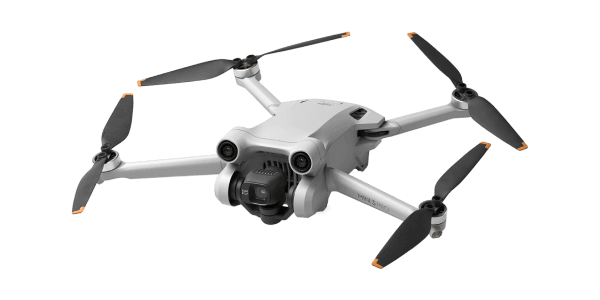
- 4K60 video in SDR, HDR, or D-Log M
- Supports vertical video and upward camera tilt.
- Two remote control options.
- Small, portable design.
- 249g takeoff weight sidesteps registration requirements.
- The extended battery option exceeds the registration weight restriction.
- Does not include the AirSense transponder.
The DJI Mini 4 Pro improves on the Mini 3 Pro’s features to set a new standard for sub-250g drone performance. The updated Mini 4 Pro refines all that was wonderful about it, preserving the camera, which can be remotely moved to portrait or horizontal mode, but increasing the video frame rate to 100fps at 4K and adding all-around collision sensors. The 1/1.3 dual native ISO sensor captures superb low-light video, at frame rates of up to 30fps. The Mini 4 Pro has a maximum flight range of 11.18 miles, a maximum horizontal speed of 35 miles per hour, a maximum transmission distance of 12.4 miles, and a maximum wind speed resistance of 23.94 miles per hour. Creatives are thus blessed with a gadget that can be brought almost anywhere and operated without a license in the FAA area while capturing 48MP stills or 4K video, shooting in D-Log, and launching a full suite of DJI’s intelligent flight functions, including obstacle avoidance. DJI also provides a controller with a built-in 5.5-inch screen, as well as a more affordable version for people who want to use their smartphone as a monitor. Even better, DJI’s versatility extends to larger batteries (more than 40 minutes compared to the 34 norm) for those who can exceed the weight limit. Overall, the DJI Mini 4 Pro is an excellent sub-250-gram drone with features suitable for both professional and amateur use.
DJI Mavic 3 Pro
Best DJI drone for aerial photography
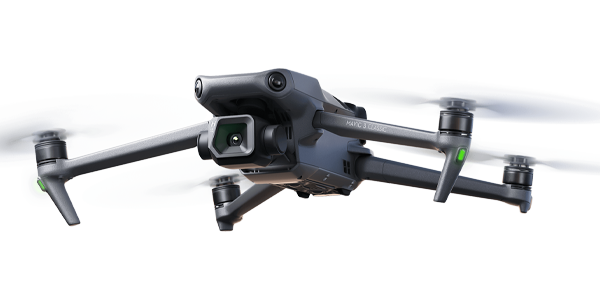
- The RC Pro controller is a significant upgrade.
- Unmatched tracking capability.
- Excellent and stable flights.
- Additional camera is quite beneficial.
- Some accessories seem to be of poorer quality.
- The cameras have varying capacities.
The Mavic 3 Pro is a powerful high-end drone designed to provide professional-quality recordings in all aspects. It stands out primarily for its highest image quality of 5.1K at 50FPS, which ensures that the footage appears great. The Mavic 3 Pro is ideal for cinematographers, independent filmmakers, vloggers, and other creative professions. It is heavy enough to require FAA registration, and you must have an operator’s license to use it for paid projects, but it is still portable for on-site work. There aren’t many drones that can offer footage in 4K or higher, but the DJI Mavic 3 Pro does it thanks to remarkable technology. You can also shoot photos at 48MP, which will look just as good as films. The Mavic 3 Pro has a maximum flight range of 17.4 miles, a maximum horizontal speed of 47 miles per hour, a maximum transmission distance of 9.3 miles, and a maximum wind speed resistance of 26.84 miles per hour, also, The DJI RC remote controller is included so you can easily control it and get a video feed of up to 15 km. One of the reasons this drone is one of the best is that it uses three cameras to give the greatest possible video quality with a simple initial setup. Furthermore, the rechargeable battery is intended to provide up to 43 minutes of operation on a single charge. The most current upgrade to the DJI Mavic 3 Pro adds visual aid and improves air safety from all angles. Overall, the DJI Mavic 3 Pro is the greatest and most advanced consumer/prosumer drone available today, thanks to advanced capabilities like omnidirectional collision avoidance, enhanced Return to Home, and advanced subject tracking.
DJI Air 3
The best dual-camera DJI drone
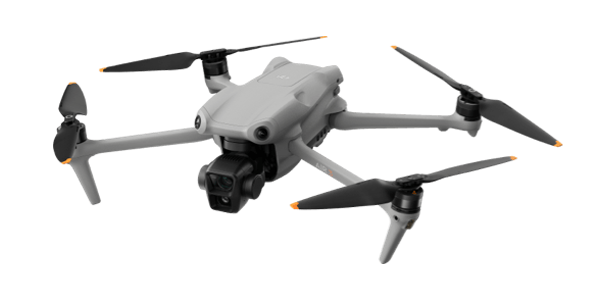
- Long battery life.
- Reliable obstacle protection.
- An extensive feature set.
- Dual cameras.
- Excellent image quality.
- Occasional subject tracking lag.
- Slow charging.
If you want something a little more professional and with far higher wind resistance, the DJI Air 3 is your best option. This drone strikes a mix between the Mini 3 Pro’s price and the Mavic 3’s professional specifications, including all of its excellent performance. With a take-off weight of 720g, the Air 3 falls under Europe’s C1 category, which means it faces more limitations than the sub-250g drones on this list. However, there are other perks to carrying extra baggage, including a substantial 46-minute flight duration. The DJI Air 3 introduces dual-camera drones to the mainstream. Could it be the best option for aspiring aerial photographers? The Air 3 boasts dual cameras, allowing you to choose between the conventional wide-angle drone shot and a considerably closer 70mm equivalent zoom. This adds a completely new dimension to your drone photos and might help your movie stand out from the crowd. It also excels at slow motion, recording at up to 4K 100fps for some truly impressive action pictures. In fact, there are numerous high-end features that enhance your aerial videography capabilities, and the cost is reasonable. Overall, the midrange DJI Air 3 drone is easy to use thanks to its adaptable wide-angle and telephoto cameras, excellent obstacle avoidance sensors, and long battery life.
DJI Avata Combo
Best DJI drone for speed
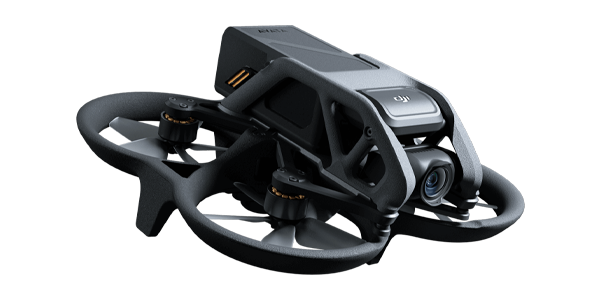
- Longer battery life than a conventional FPV drone.
- Easy to control, even for first-time pilots.
- Manual camera choices.
- Strong protective frame
- High-quality swooping footage.
- No forward collision sensors.
- DJI Goggles 2 can mist up on warm days (despite the fan).
- Video may lose signal at distances less than 400m.
- here is no bag in the Fly More Kit.
- The DJI Motion Controller cannot achieve maximum speed.
The DJI Avata is a pricey entry point into the field of first-person view drones that not only include FPV gear but also camera drone-like video capabilities. One of its most notable features is the first-person view, which provides a one-of-a-kind experience that no other drone can match. It would be similar to wearing the Meta Quest headset, with the exception that you’d be piloting an actual drone and recording professional footage. This drone’s video resolution is 4K at 60FPS, allowing you to record high-quality footage. This is one of DJI’s lightest and most nimble drones, making it an ideal choice for anyone wishing to film sports in a unique way while preserving all of the details. The Avata Explorer has a maximum flight range of 7.2 miles, a maximum horizontal speed of 60.4 miles per hour, a maximum transmission distance of 6.2 miles, a maximum wind speed resistance of 24 miles per hour, and a Maximum Altitude (Above Sea Level) of 15000 feet. Despite its agility, the drone is fitted with cutting-edge stabilizers to enable smooth recordings even during high-speed spins. The rechargeable battery provides 18 minutes of recording time, and the DJI O3+ has a transmission range of up to 10 km. Remember that while learning how to manage it isn’t difficult, achieving any advanced maneuvers will most likely require some practice. DJI has developed this drone to be simple to use, even for novices.
DJI Mini 2SE
The most affordable way to get started with DJI drones
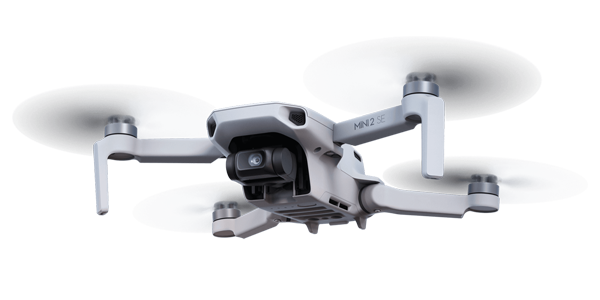
- JPEG+Raw option.
- Four cool ‘QuickShots’ to share.
- The on-screen training is ideal for beginners.
- Manual shutter/ISO choices.
- Impressive auto-processing capabilities from DJI.
- 2.7K video resolution is lower than many phones.
- The claimed battery times seem ambitious.
- There is now 4K competition (cough Potensic Atom).
- No collision sensors (save for landing).
The DJI Mini 2SE is DJI’s most affordable drone model, fitting into the regulator-friendly sub-250g category. These two qualities alone make it an excellent cheap starter option that makes use of DJI’s reliable UAV technology and builds quality. The Mini 2 SE is a rather basic model with no collision avoidance, but it does include GPS tracking and Return to Home, as well as Quickshots automatic flight patterns that allow you to take professional-looking films with the touch of a button. Video may be recorded at up to 2.7K at 30fps, and 12MP images can be shot in Raw and JPEG formats. This not only improves the clarity and reliability of preview video on the phone, but it also includes the RC-N1 controller, which is found on the majority of drones on this list. The Mini 2SE has a maximum flight range of 9.8 miles, a maximum horizontal speed of 35.8 miles per hour, a maximum Transmission distance of 6.2 miles, a maximum wind speed resistance of 23.94 miles per hour, and a maximum elevation (above sea level) of 13123 feet. Also, the maximum flight time is 31 minutes. This is an excellent pick for a first-time drone, and while the 2.7K camera on the spec sheet may appear to be limiting, it is the resolution of most phone displays, so for many, this will be sufficient. DJI couldn’t resist putting on a high-quality 3-axis gimbal, so the camera is so stable that the image looks better than most ‘4K’ budget drones. Manual exposure is also accessible, but not in RAW.
